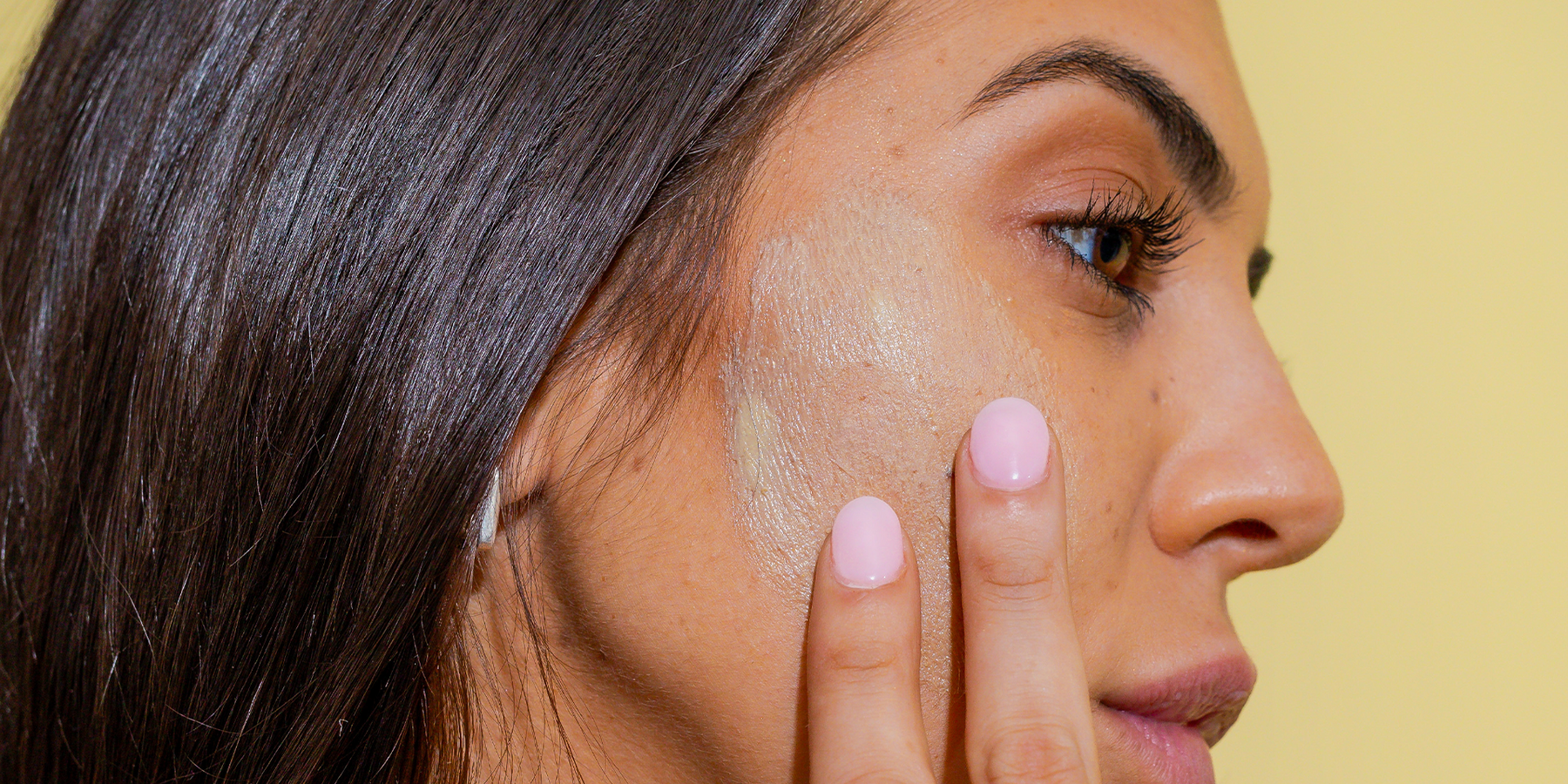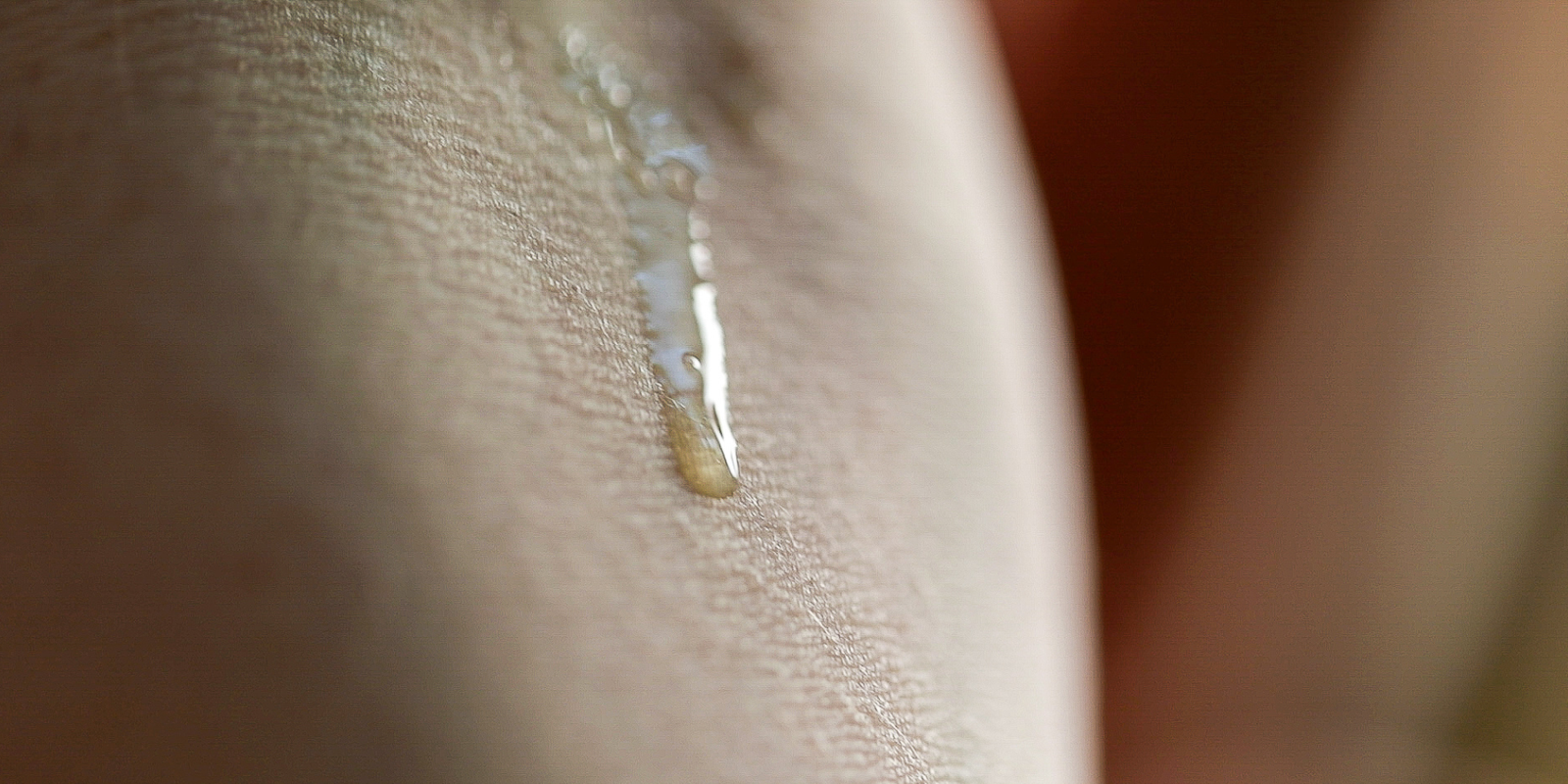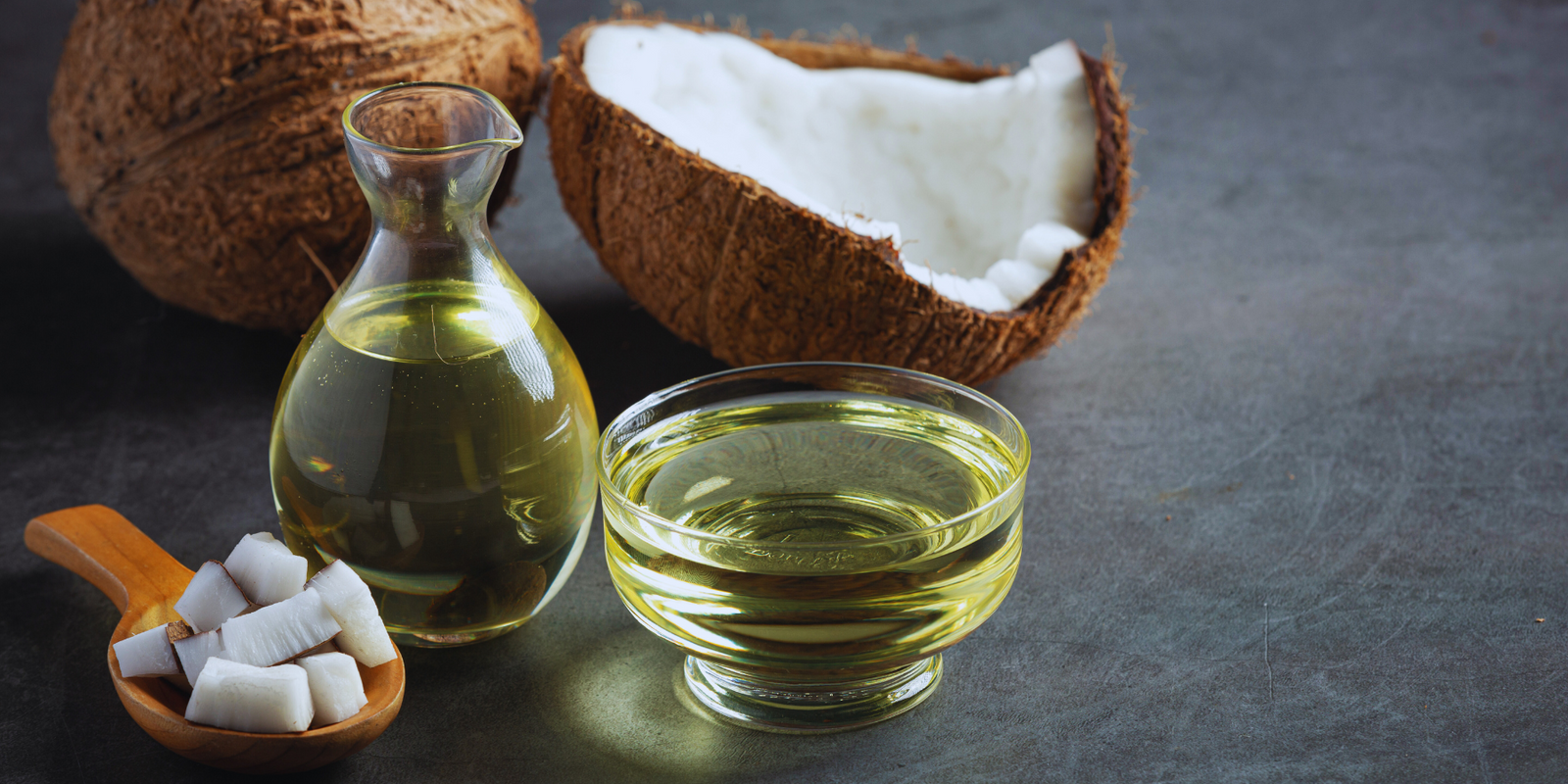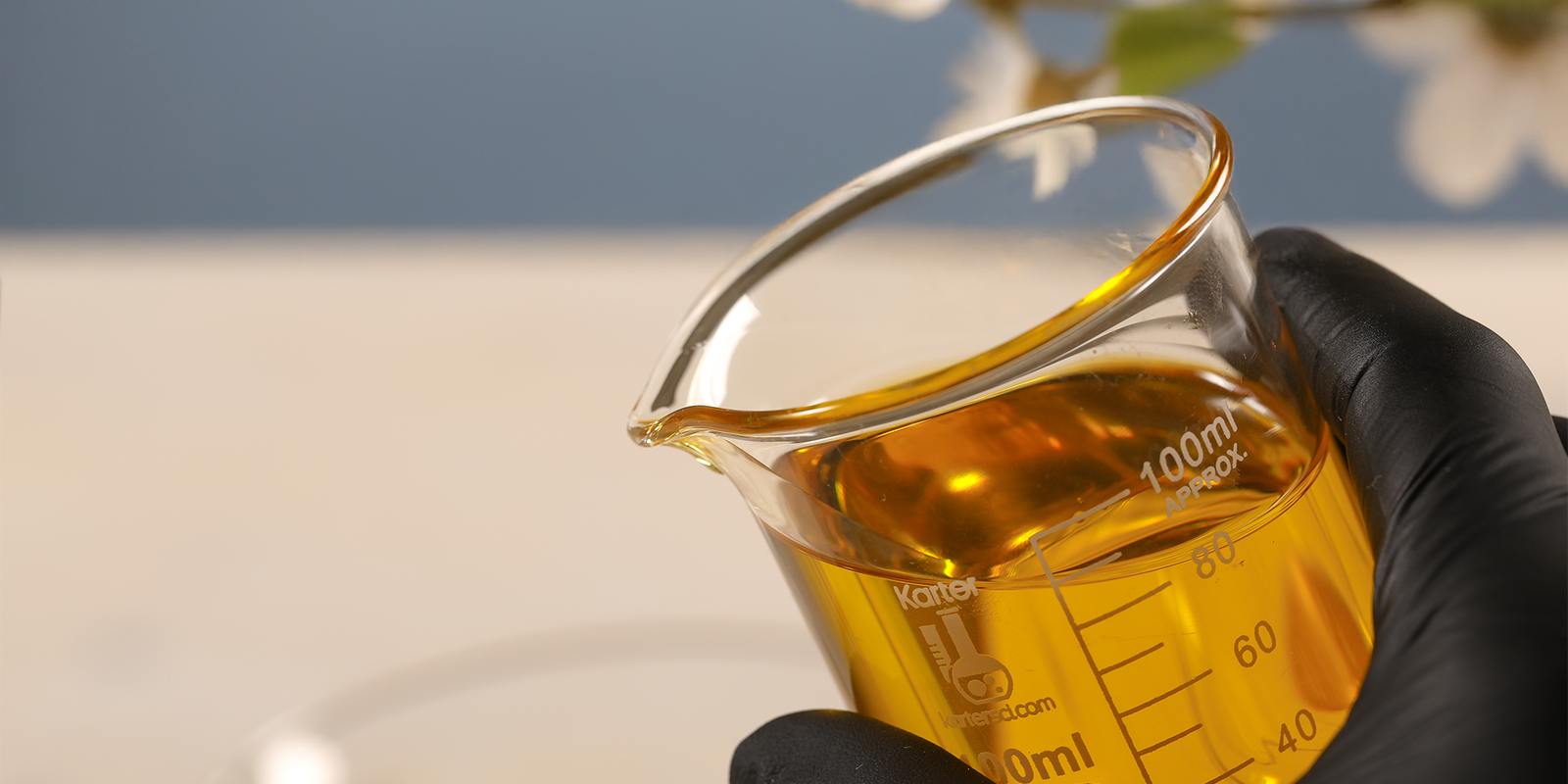Exclusive gift on orders $200+
Exclusive gift on orders $200+
How Often Should You Be Exfoliating?

How Often Should You Be Exfoliating?
Introduction.
Exfoliation is a key component in maintaining healthy, glowing skin; it involves removing the outermost layer of dead skin cells to reveal the fresher, smoother skin beneath. However, with the various exfoliation methods and skin types, determining the right frequency and technique can be a nuanced process. There is such a thing as too much of a good thing, and exfoliation is no exception. I often see clients with redness, irritation, acne, and sensitized skin caused by over-exfoliation. Here’s a short guide on how often you should exfoliate your skin, the importance of understanding your skin's regeneration cycle, and why the type of exfoliation you do matters.
Skin regeneration cycle.
Your skin undergoes a continuous process of regeneration, where new cells are created in the deeper layers of the skin and gradually move to the surface. Typically, this cycle lasts about 28 days but can vary depending on age, health, and environmental factors. In general, your skin has a faster turnover rate when you are younger, which gradually slows down as you age. The cycle goes as follows:
- Birth: At the start of the cycle, new skin cells are created in the deepest layer of the epidermis, known as the basal layer. These cells are generated from the stem cells in this layer.
- Maturation: After their formation, these new cells gradually move upward through the layers of the epidermis while they begin to mature. This process can take two to four weeks.
- Death: Once the cells reach the outermost layer of your epidermis, called the stratum corneum, they have typically reached maturation and become flat, hard cells filled with keratin, a protective protein. At this stage, they are effectively dead as they no longer contain a nucleus or other cellular organelles (structures in the cell that provide life and operation).
- Shedding: These dead cells remain on the surface of your skin for about a week or so before they are shed naturally through processes like friction and washing. This shedding is part of the natural exfoliation process and helps your skin maintain a healthy appearance and function.
Exfoliation frequency.
Given this natural regeneration cycle, exfoliating too often can interrupt the process, which leads to decreased protection and potential damage. Over-exfoliation strips your skin of its natural oils, which are crucial for maintaining your skin's barrier function, moisture levels, and elasticity. Conversely, insufficient exfoliation can lead to a build-up of dead skin cells that can clog your pores, leading to dull skin and breakouts.
For most skin types, a thorough exfoliation once a week is sufficient. This ensures you are not wearing down the surface of your skin faster than it can regenerate itself. However, if you have sensitive or reactive skin, you should consider less frequent exfoliation, such as once every week and a half to two weeks. It’s vital to observe how your skin responds after each session and adjust accordingly.
Types of exfoliation.
There are two methods for exfoliating your skin- physically or chemically.
Physical exfoliation: This method involves using a product (scrub) or tool (brush or cloth) to remove dead skin cells manually. While it can feel instantly gratifying, physical exfoliation can be a bit harsh on your skin, depending on what you are using. When it comes to products, it is best to opt for ones that contain smooth, rounded exfoliants like jojoba beads, cellulose beads, pumice, and clay as opposed to jagged ones like nut shells (apricots, walnuts, etc.). When you use a physical exfoliant with sharp granules, this can create micro-tears on the surface of your skin, which can cause redness and irritation.
As far as tools go, a soft cotton washcloth will provide your skin with the perfect amount of gentle exfoliation. I generally don’t recommend using brush tools or plastic exfoliating cloths, as these can be quite harsh on your skin.
Chemical exfoliation: Chemical exfoliants, on the other hand, rely on acids or enzymes to dissolve and loosen dead skin cells. The most common types include alpha-hydroxy acids (AHAs) and beta-hydroxy acids (BHAs). AHAs are water-soluble, mostly derived from fruits and other natural sources, and can smooth skin and target hyperpigmentation. Here’s a post I wrote all about AHAs if you would like to read more about that topic. BHAs, on the other hand, are oil-soluble and primarily target acne and clogged pores.
Depending on the ingredients and intensity of the chemical exfoliant, these products can sometimes cause reactions, particularly in sensitive skin. It’s always a good idea to do a spot test before trying out a new chemical exfoliant (and really any skincare product in general!).
Fountain Of Youth Cleansing Clay: the perfect solution for healthy exfoliation.
Most people would be surprised to discover that I do not use a conventional exfoliant product on my skin or in my facials. I believe that slow and steady wins the race with skincare, doing small things routinely over time rather than less frequent, more intense treatments. That’s one of the reasons why I created our Fountain Of Youth Cleansing Clay. I wanted to create a product that would provide a mild exfoliation gentle enough to be used daily yet effective enough to keep your skin perpetually soft and smooth.
It contains skin-safe essential oils proven to increase cellular turnover, but the key ingredients that provide its exfoliating capabilities are Kaolin Clay and Apple Cider Vinegar. Apple Cider Vinegar contains malic acid, one of the mildest sources of alpha hydroxy acid. By cleansing your skin daily with it, you provide just enough chemical exfoliation to loosen the bonds between your dead skin cells but not so much that it dissolves healthy live cells.
Kaolin Clay is a smooth powdered clay made from weathered granite. It has an incredibly smooth texture with no rough granules or edges and it gently polishes away the dead skin cells loosened by the Apple Cider Vinegar. This is an ideal physical exfoliant and can be used every day.
By pairing these mild forms of physical and chemical exfoliants in a daily cleanser, you eliminate the need for a dedicated exfoliant, simplify your skincare routine, and preserve the integrity of your skin over time.
Conclusion.
In conclusion, I believe that exfoliation is a valuable practice in skincare that, when done correctly, will enhance your skin’s appearance and health. To achieve the best results, opt for gentle physical exfoliants over harsh ones or mild chemical exfoliants instead of more intense ones, and make sure you are not exfoliating too often. Alternatively, use a skincare product designed for daily, gentle, gradual exfoliation like our Fountain Of Youth Cleansing Clay to simplify your routine and take the guesswork out of exfoliation.
Also in Apotheca Edit

The Top 10 Best (And Worst) Oils to Use On Your Face
I get asked all the time about using oils like avocado, olive, and coconut on the face—and the truth may surprise you. Not every “natural” oil is good for your skin. In this post, I break down the best and worst oils to use, what their comedogenic ratings really mean, and how to choose the ones that will actually nourish your skin instead of clogging it.

The Truth About Coconut Oil in Skincare: Why I Never Use It on the Face
While coconut oil does have benefits for skin and hair, its fatty acid profile makes it a less-than-ideal choice for facial skincare. If your goal is clear, youthful, and radiant skin, there are far better options.

Are Seed Oils Bad For Your Skin?
When it comes to seed oils and your skin, it’s not about avoiding them- it’s about choosing wisely.
Subscribe
Sign up to get the latest on sales, new releases and more …
Reviews
See why 1000's have simplified their skincare with Flora Mirabilis.
